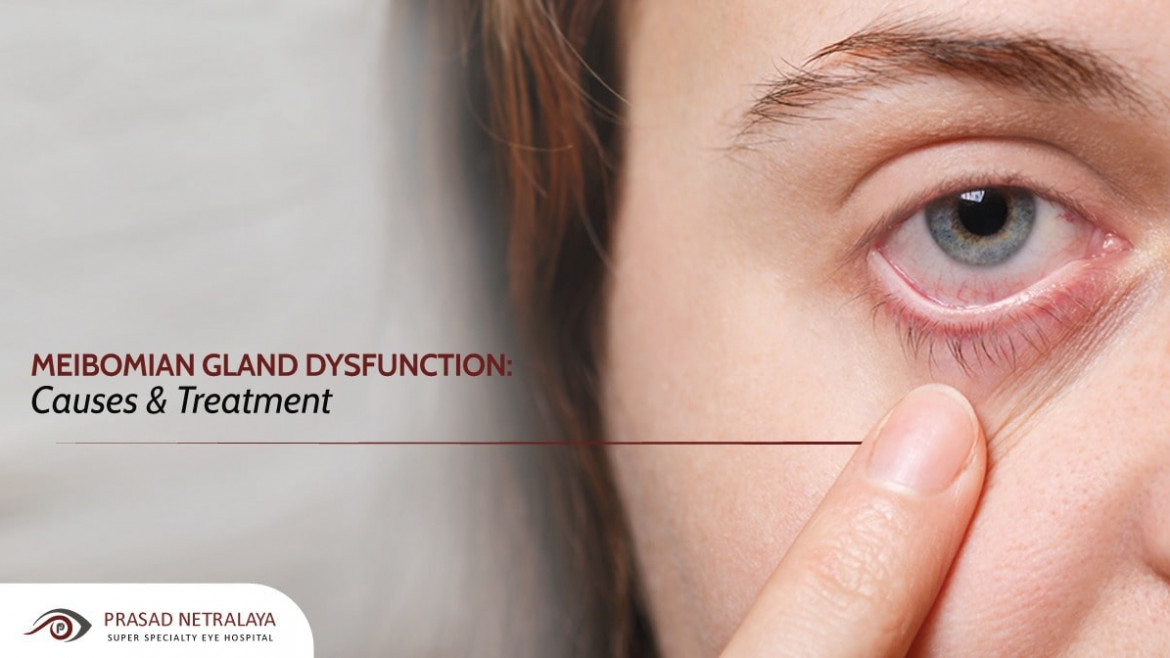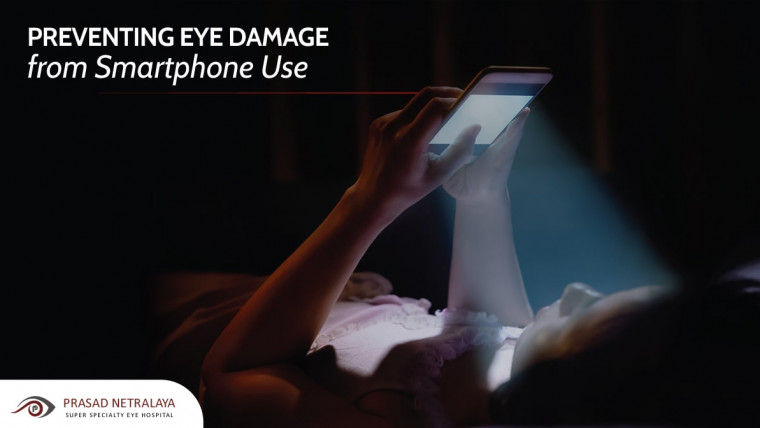Meibomian Gland Dysfunction (MGD) is one of the most common yet least identified eye conditions. Meibomian is a gland in your eyelids, named after a German Doctor, Heinrich Meibom, who discovered it. Normally, the tears of the eye are made of three different layers, an oily layer, watery layer and a mucus layer. The oily layer is formed of glands called the Meibomian glands.
The upper eyelid has about 24-45 Meibomian glands and the lower eyelid has over 20-30 glands. A person suffers from Meibomian Gland blockage when the oily layer of the tears does not function as it should, causing the watery layer to dry out. Continue reading to know more about Meibomian Gland Dysfunction, its causes & treatment.
Table of Contents
Symptoms of Meibomian Gland Dysfunction
Some people may experience mild symptoms, while others may experience harsher symptoms that cause a significant amount of discomfort. Some of the common symptoms of MGD include:
- Watery eyes
- Dry eyes
- Blurry vision
- Light sensitivity
- Red and swollen eyelids
- Burning sensation in the eyes
- Itchy eyelids
- Flaking of skin around the eye
- Crusty eyelashes after sleeping
- Excessive blinking
- Abnormal or misdirected eyelash growth
- Loss of eyelashes
Causes Of Meibomian Gland Dysfunction
Age is often the biggest cause of MGD, followed by ethnicity — Asians are three times more likely to get MGD than Europeans. Along with this, contact lens wearers are at a higher risk of developing it. There are a few other underlying medical conditions that make people more likely to suffer from MGD:
- High cholesterol and triglycerides
- Allergic conjunctivitis and other eye diseases
- Inflamed or damaged eyelid or cornea
- Bacterial infection
- Autoimmune diseases like rosacea, lupus, rheumatoid arthritis, and Sjögren’s syndrome
Other causes of Meibomian Gland Dysfunction include:
- Allergies
- Hormonal changes associated with adolescence
- Skin conditions, such as rosacea or acne
- Eyelash mites or lice
- Medications that increase bacteria on the eyelids, including isotretinoin for acne
- Some contact lens solutions
- Eye makeup
Meibomian Gland Dysfunction Treatment
At-home remedies and Meibomian Gland Dysfunction treatment deal with the clearing of the dead skins, oil and bacteria build-up in order to maintain eyelid and eyelash hygiene.
- Hot Compress: The surface of the eyelid can be mildly heated to increase oil production and melt the oil that has been solidified in the glands. Use a warm wet cloth and place it on your eyelids for a few minutes. This allows the oil to flow more freely and soften lash debris.
- Lid Scrubs: You can remove oil, bacteria and debris which block the oil gland openings with a quick lid scrub. Gently rub along the lash line with the help of a Q-tip, warm washcloth or your fingertips and mild soap.
- Omega-3 Fatty Acids: Supplement your diet with Omega-3 fatty acids found in food such as flax seeds and fish oil. This helps increase the quality and consistency of oil produced by the Meibomian glands.
- Massage: You can massage your eyelids using a warm compress and applying light pressure with your fingertips. Roll the finger upward on the lower lid while looking up, then roll the finger downward on the upper lid while looking down. This should be done in moderation because doing this in excess can cause irritation.
Are you suffering from Meibomian Gland Dysfunction? Get your eyes checked and treated at Prasad Netralaya, Mangalore and Udupi’s most trusted Eye Care Hospital. Our experienced staff is here to make sure that you receive the quality Ophthalmological care that you deserve. Call us at +91 9513596565 or book an appointment if you wish to visit in person.



